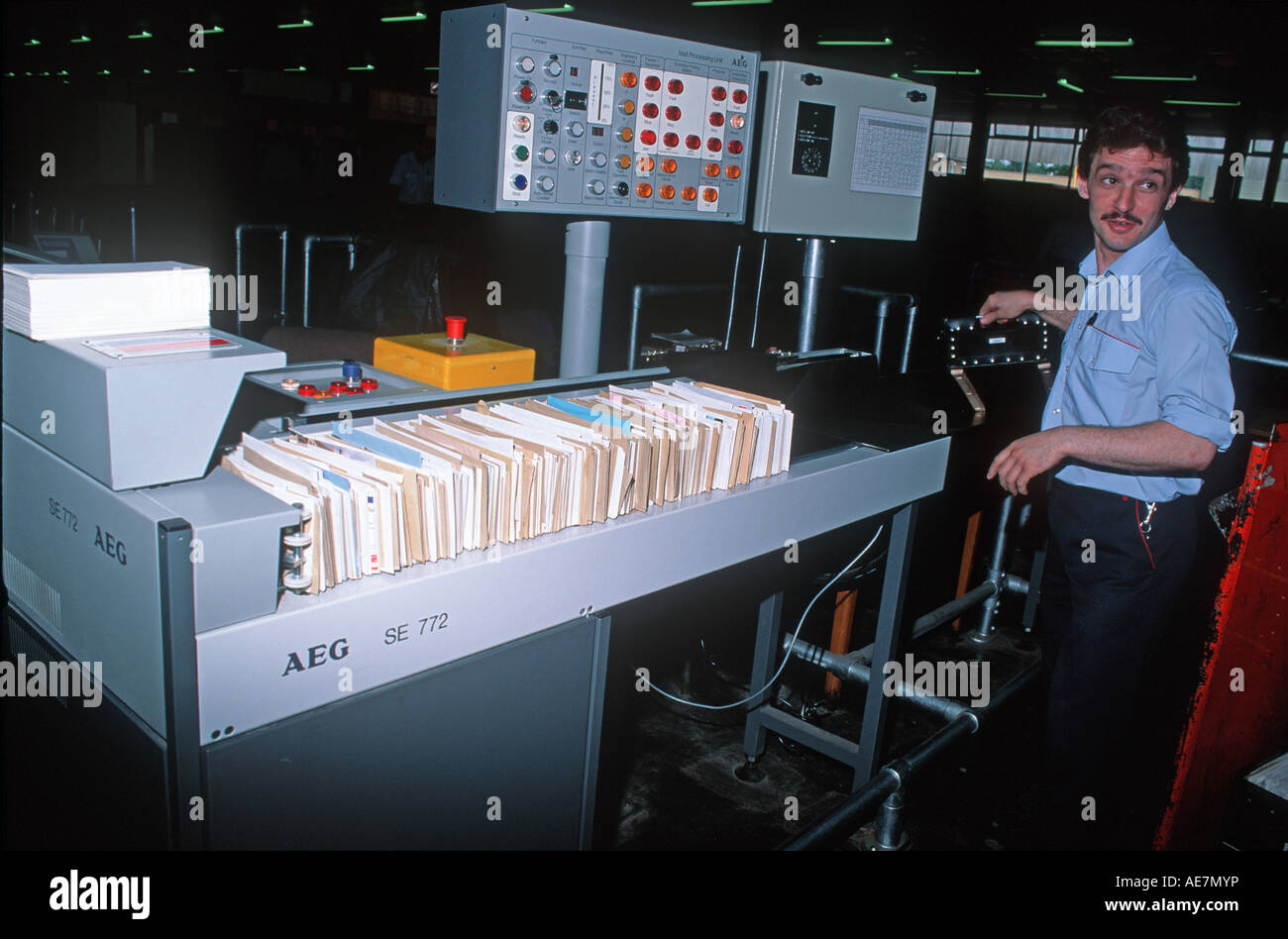For this week’s readings, we are continuing to look at historical documents that use visualizations to help understand the content presented.
Mining the Dispatch is a website created by Robert Nelson to explore dramatic and traumatic changes in the social and political field of the Civil War era. The time frames of the information follow the same from the Richmond Daily Dispatch (November 1860 – April 1865). The site uses software such as MALLET, a generator that filters topics through documents. Some of the topics include: slaver, nationalism, military conflict, soldiers, economy, and politics. There’s the ability to adjust graphs/charts in each topic, showing the progression over time.
NYT Chronicle is a site that allows you to enter a word or phrase into the search engine. The line graph presented will show a percentage or raw number of the times the word/phrase has been features in an article.
Voyant is a database that allows you to upload a website and breaks it down into segment. Once broken down, it does look confusing to the eye because the site is moved into sections of frequencies, summaries, and numbers of terms. It is more statistical than helpful to understand the content.
With majority of us doing the census/visualization as our final project, looking at how these sites break down historical information is helpful. Mining the Dispatch is the most helpful in that it still includes information about all the topics in the Civil War era and you’re able to read, while assessing the graph. The New York Times Chronicle is a good way to get people interested in how frequent something has been said. It is however, not very exclusive if you were doing research on a particular topic. There are many times that a word can be featured in an article as just a word, while the article can have a different main idea. This can raise a question of is the information you want your audience to search meaningful or just a fun visual? The Chronicle is similar to another data visualization site, Twittearth which shows live tweets on a 3D globe. You’re able to see live tweets and suggestions on who to follow. This is an example of a visual that would fit to support any information presented about social media or Twitter statistics. It has more focus than The Chronicle because although it focuses on one newspaper, The New York Times covers several topics. Voyant is a database that seems necessary for when you need to assess a website that is difficult to understand and need to simplify it.
In comparison to Tableau, how can other data visualization sites work to your advantage for displaying information?
In what ways can visualizations help understand historical information?
Which visuals attract a certain audience? How do you decide how to use these visuals?


